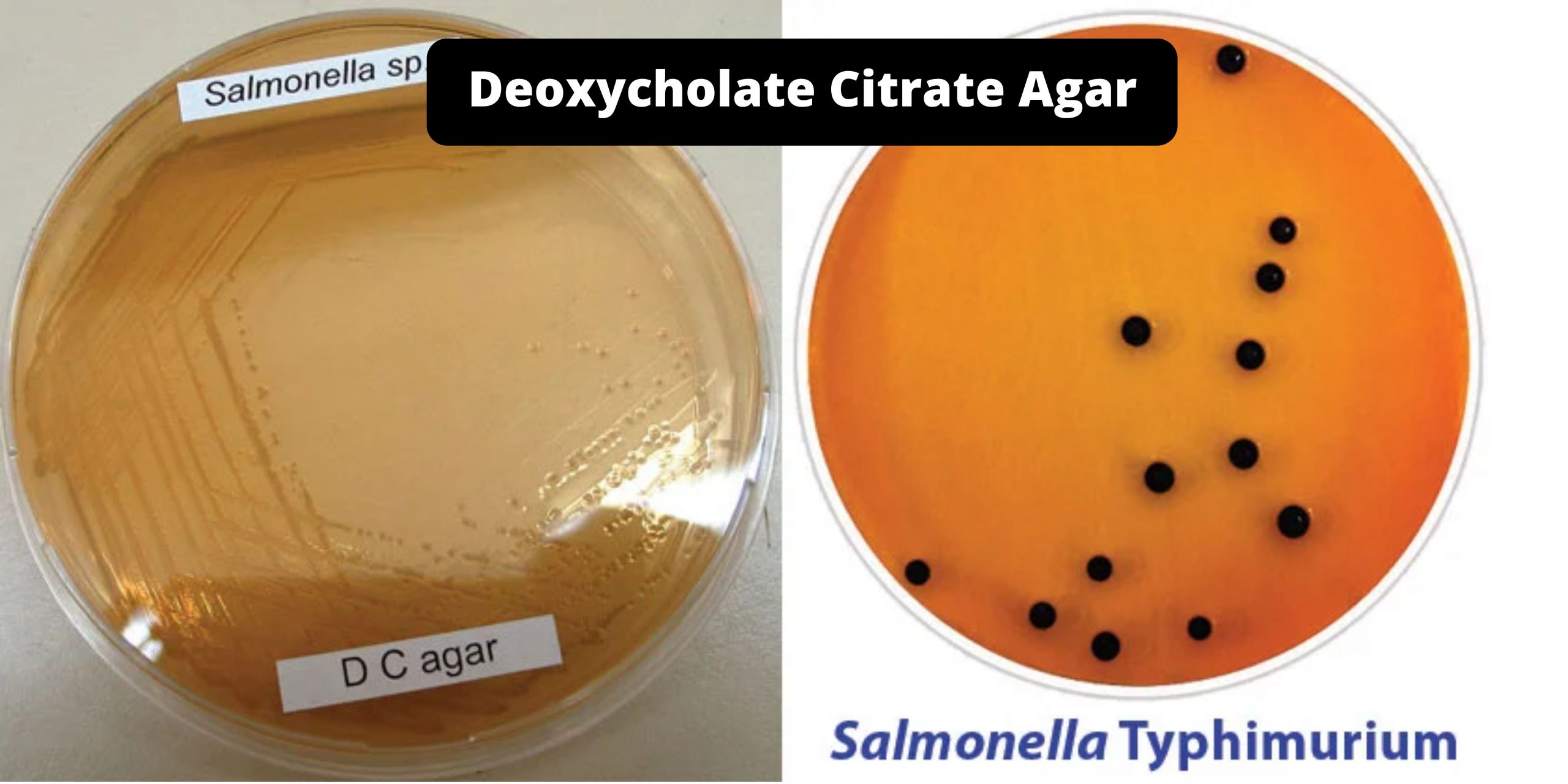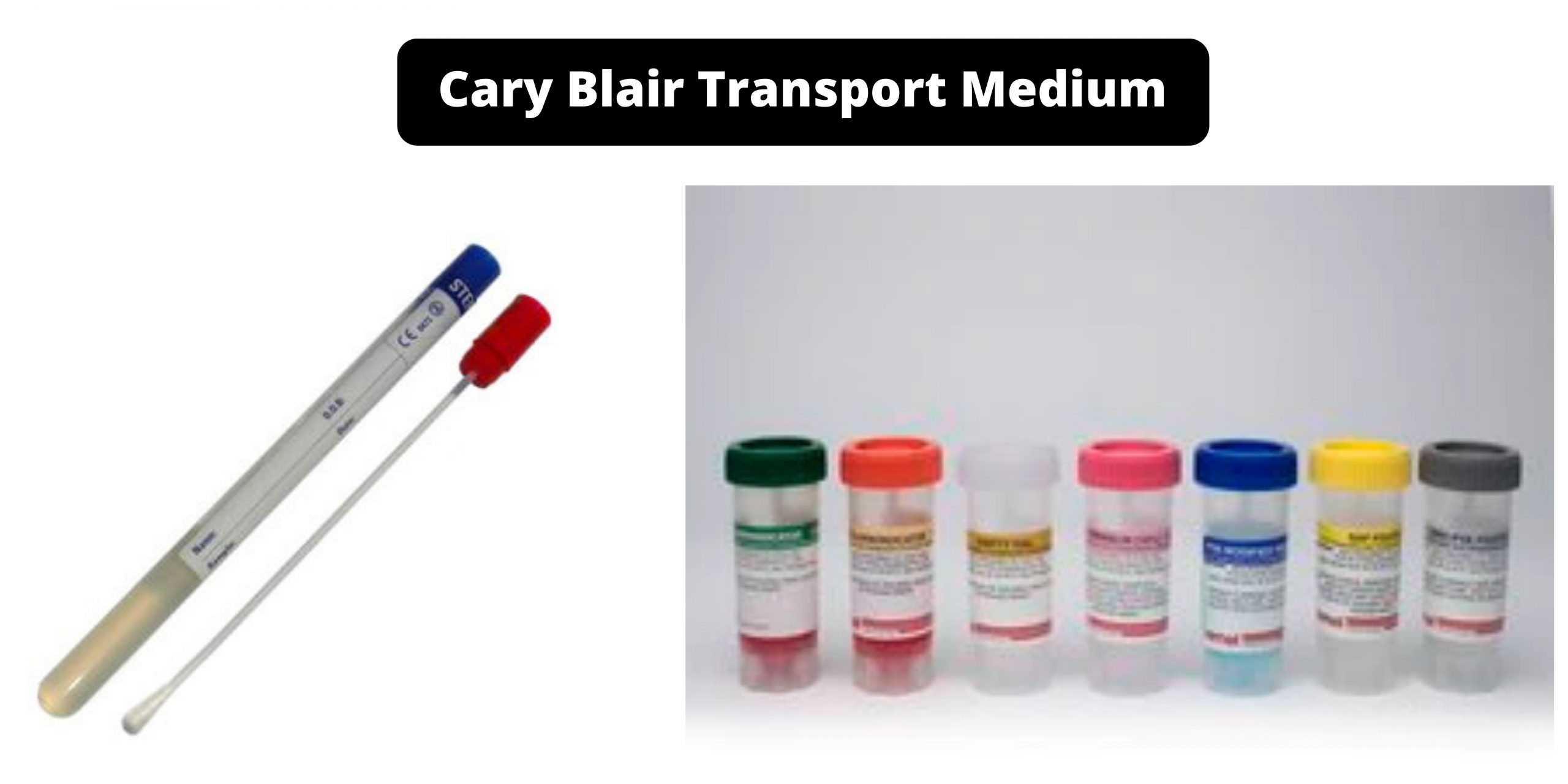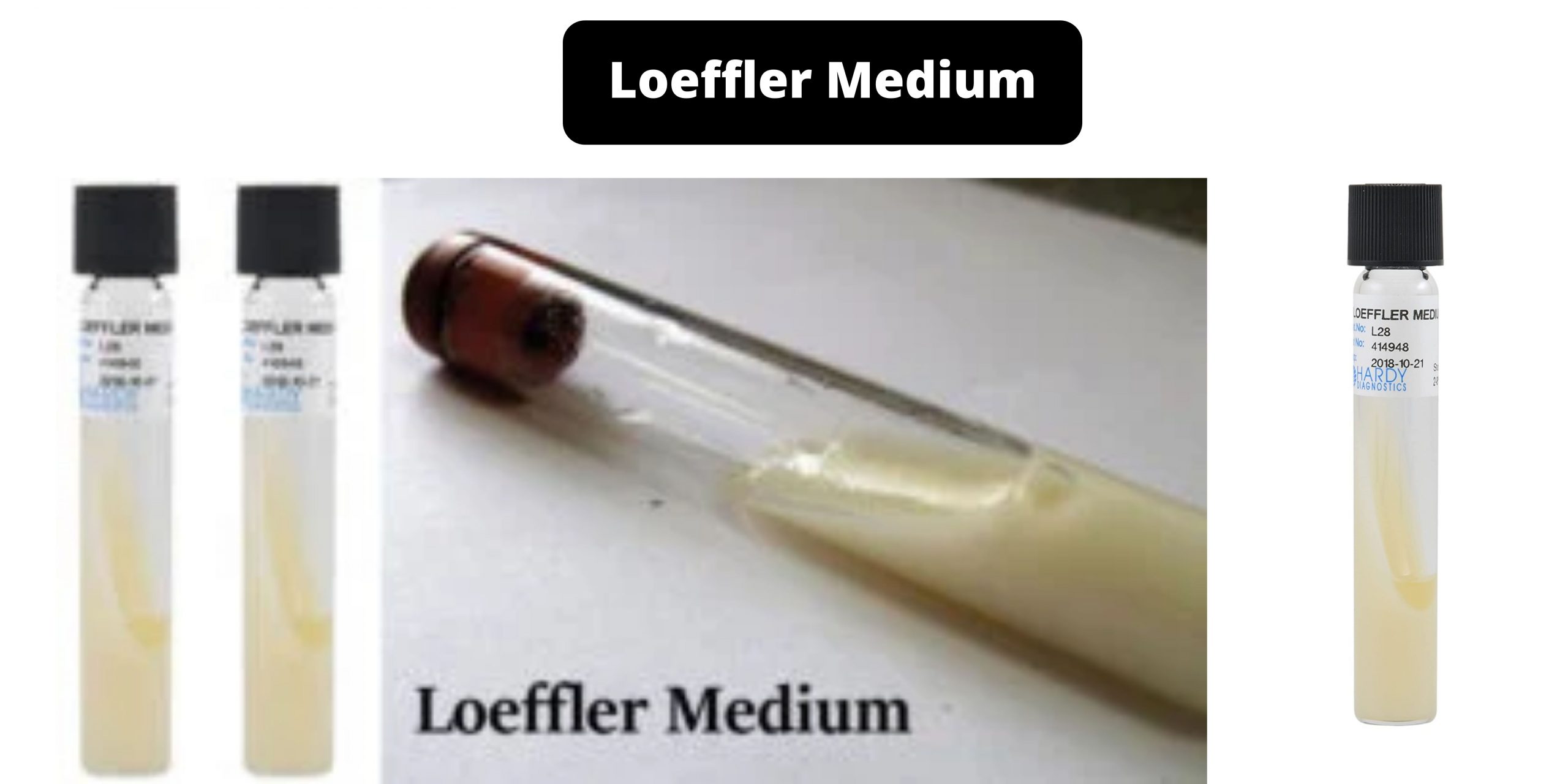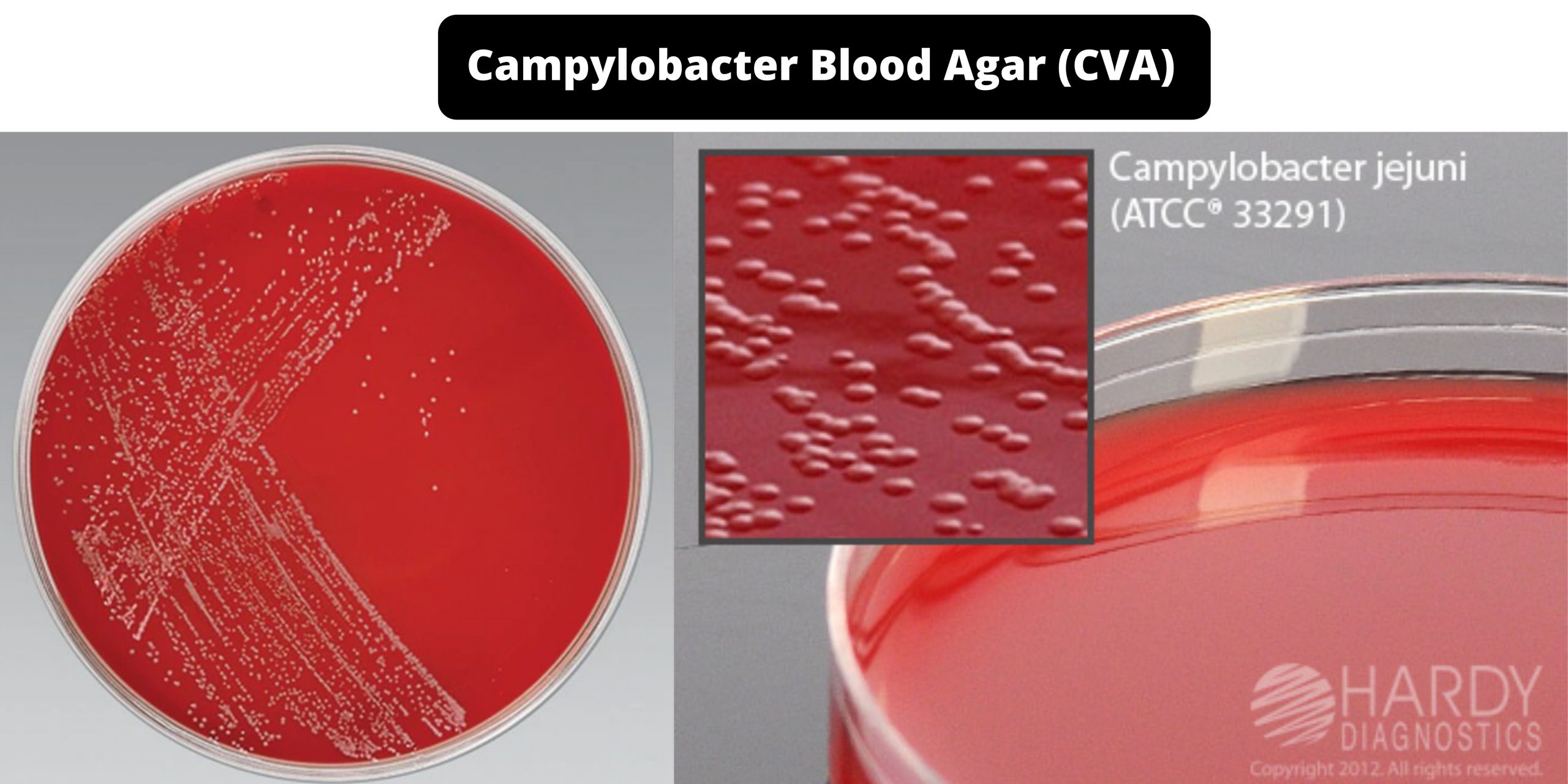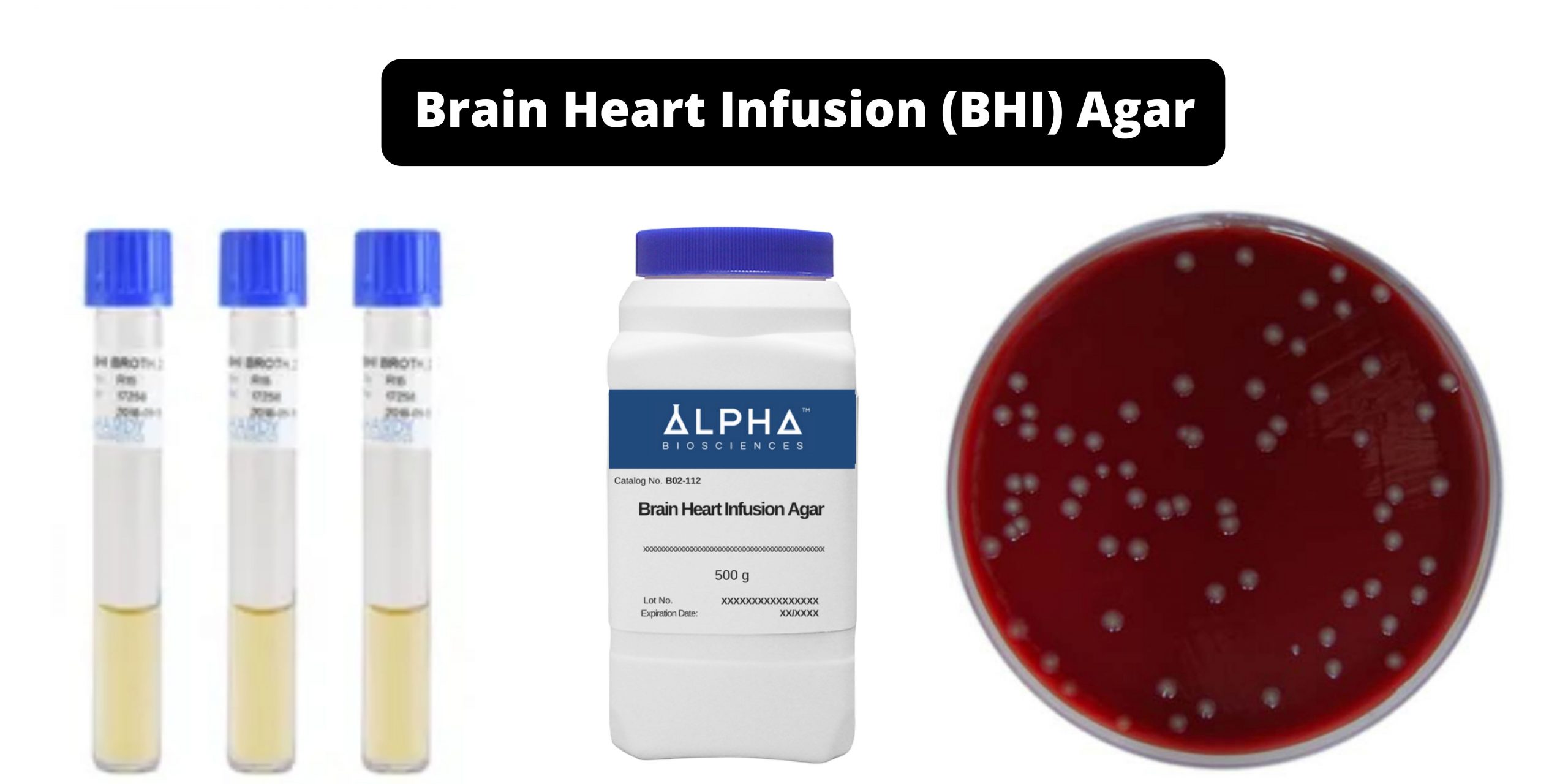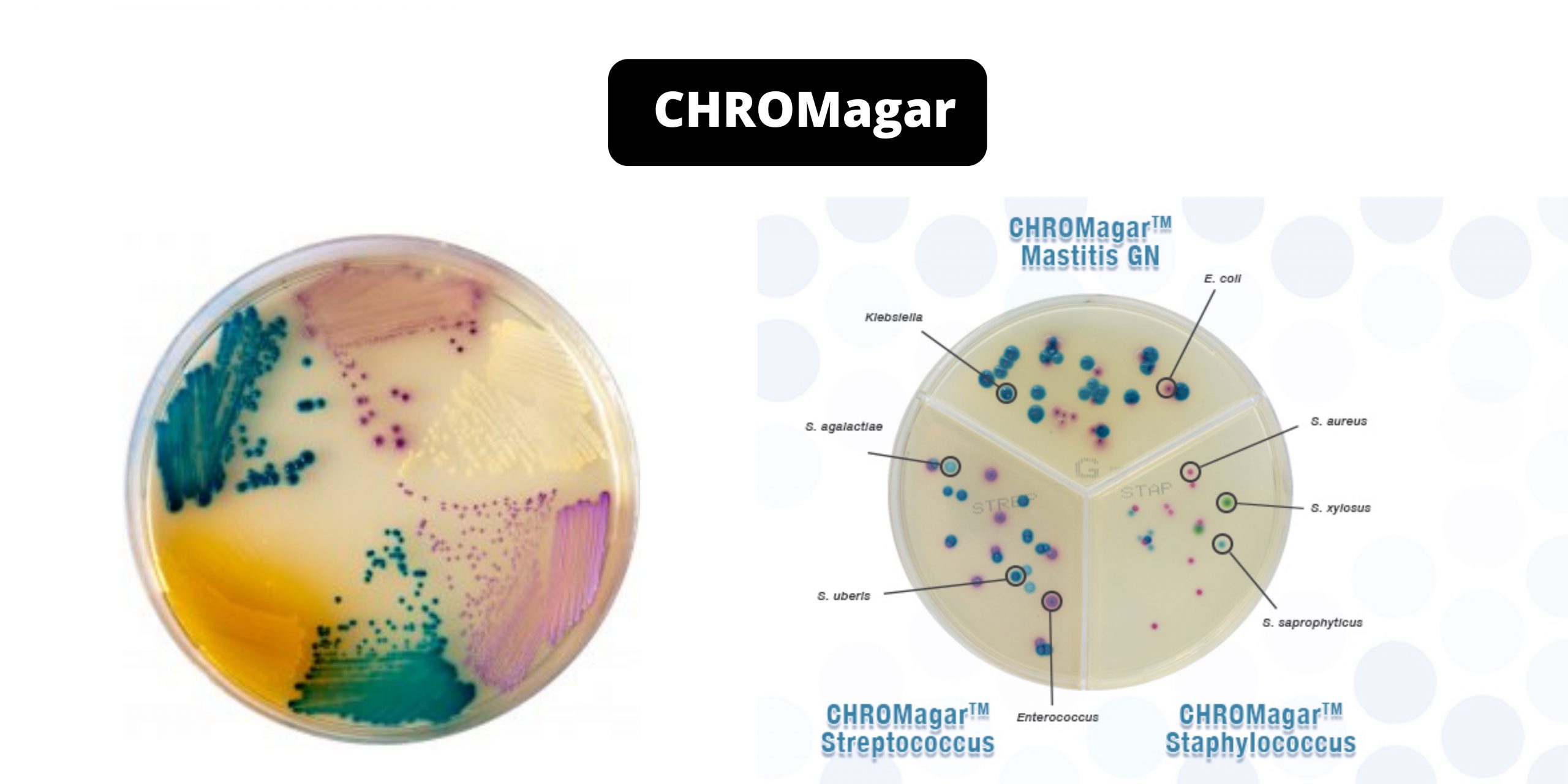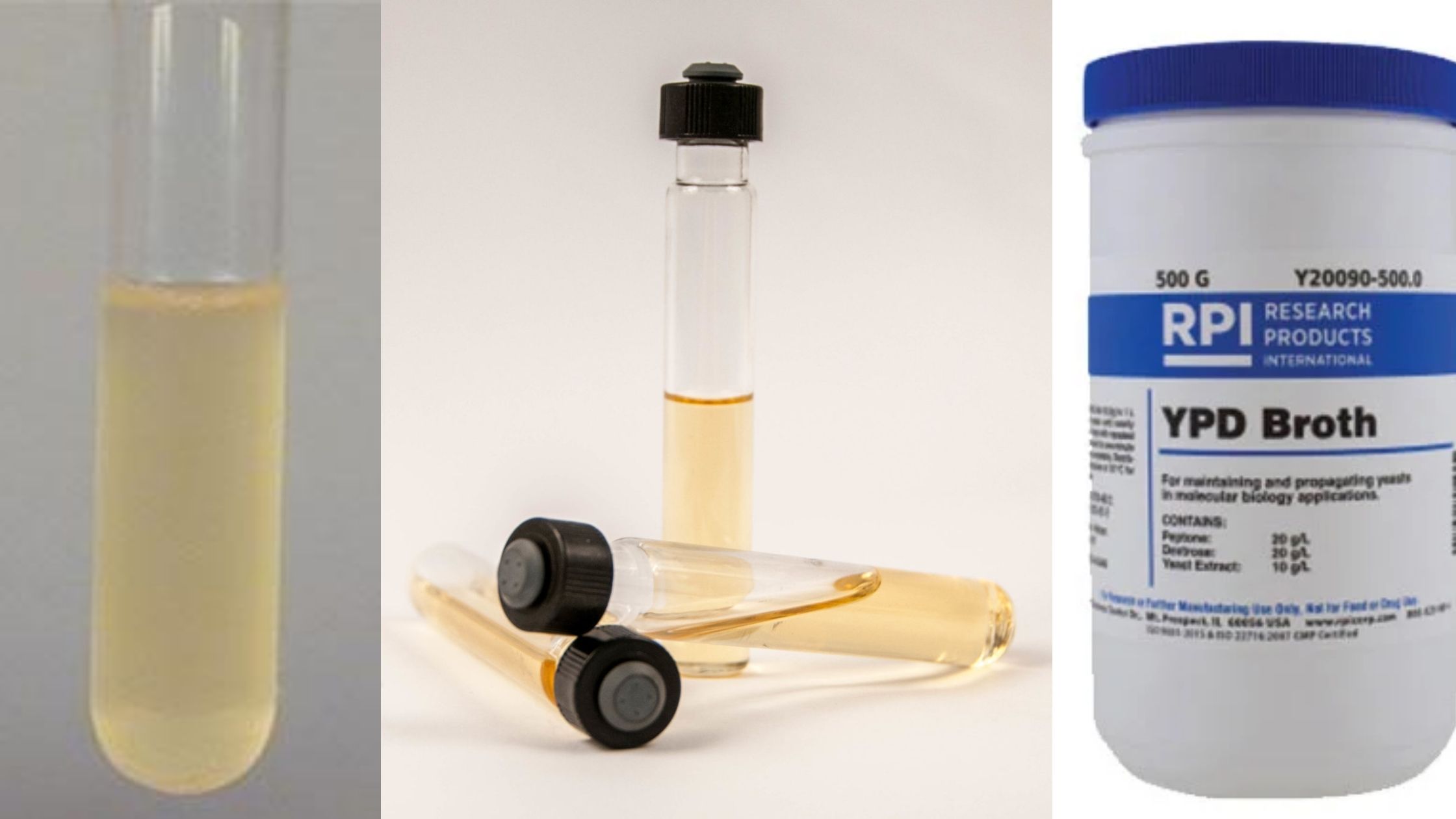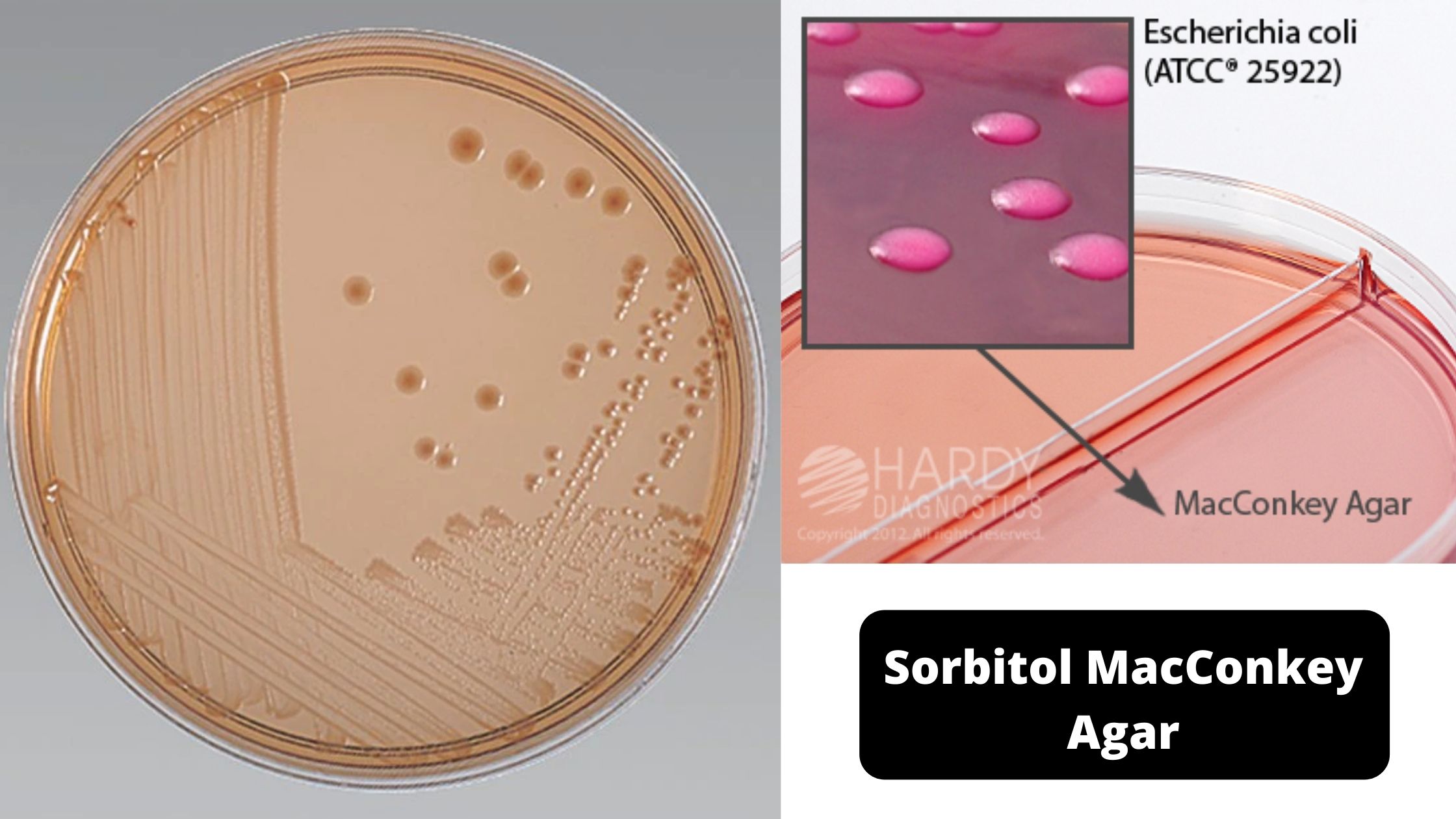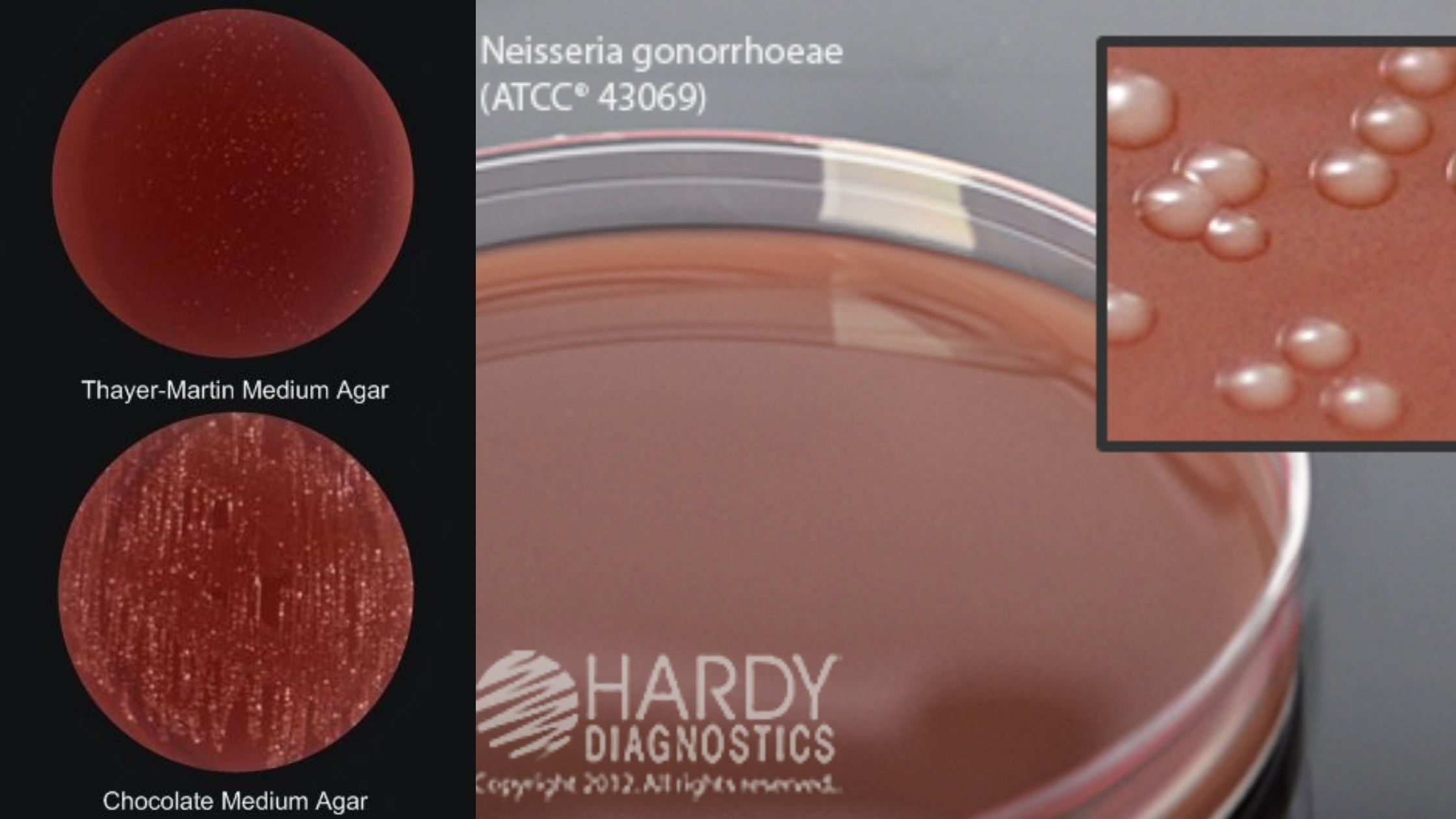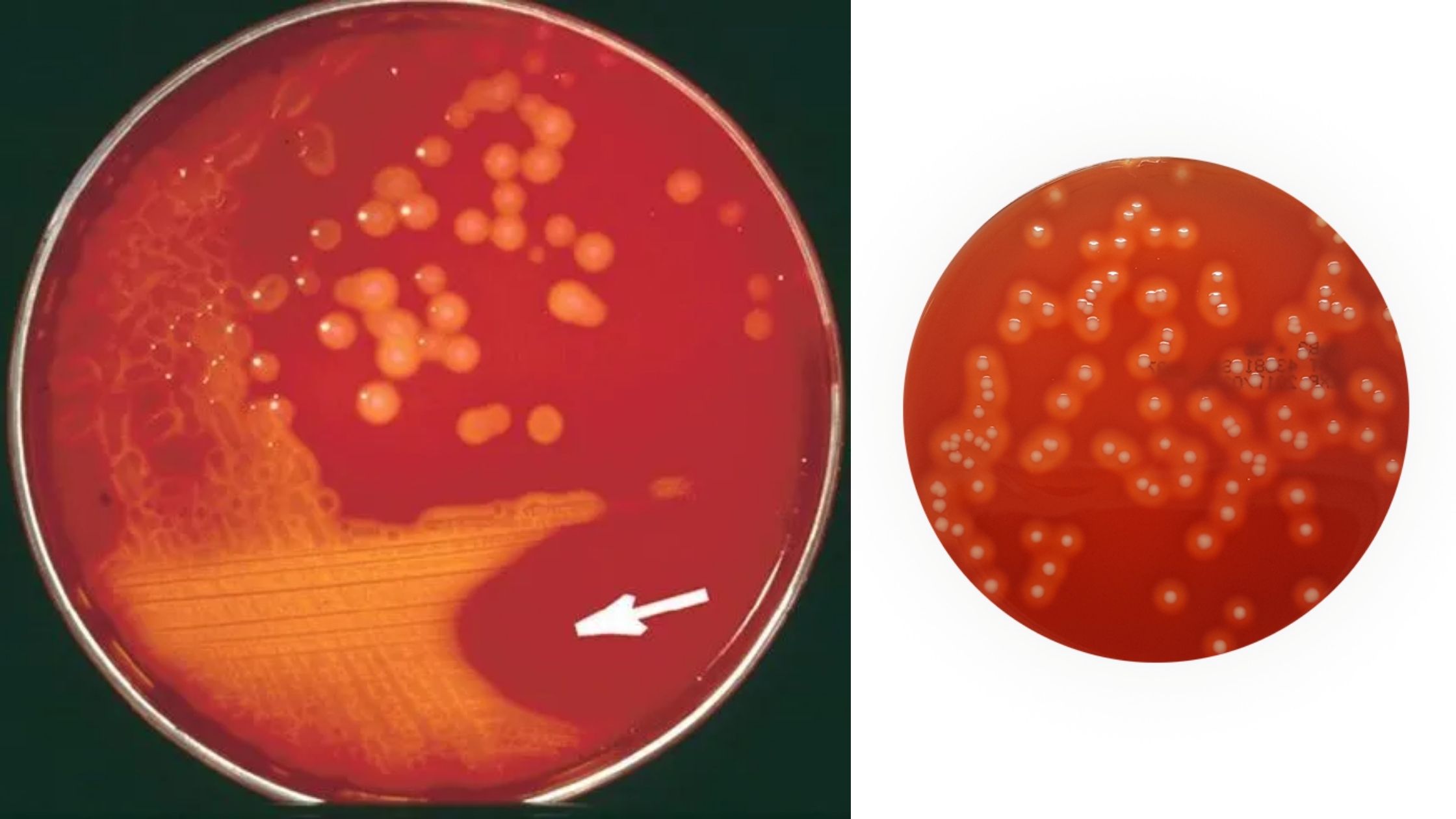Deoxycholate Citrate Agar (DCA) – Composition, Principle, Preparation, Results, Uses
Deoxycholate Citrate Agar is an alteration of Leifson formula that is suggested for the identification of Salmonella as well as Shigella spp. It is comparable to deoxycholate agar however it is slightly more selective for enteric pathogens due to higher levels of both deoxycholate and citrate salts. The sodium deoxycholate pH range of 7.3 to 7.5 inhibits gram-positive bacteria. Citrate salts in the amount contained into the composition, act as inhibitors to gram-positive bacteria, as well as other intestinal organisms that are normal. This makes it an effective and selective media, commonly used to isolate intestinal pathogens.
